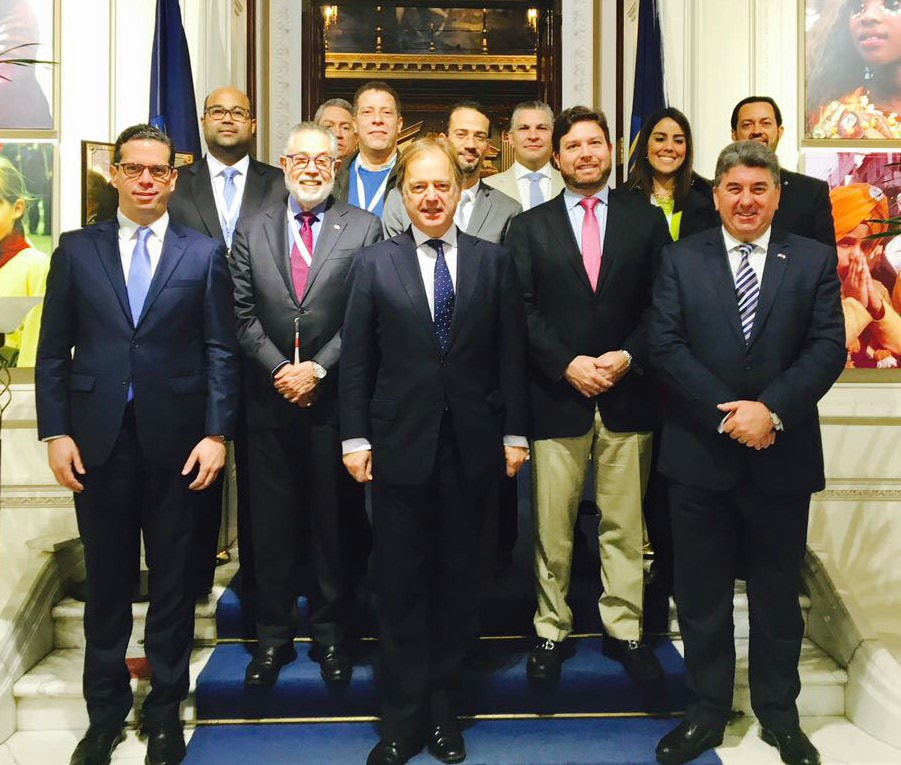Greenpeace releases latest Guide to Greener Electronics
San Francisco.- Fairphone and Apple are ahead of brands
such as Samsung, Huawei and Amazon, which are failing to take
responsibility for their environmental footprint, according to Greenpeace
USA’s latest Guide to Greener Electronics.
Greenpeace USA scored 17 of the world’s leading tech companies based on
their transparency, performance and advocacy efforts in three areas
critical to putting the sector on a sustainable path: reduction of
emissions through renewable energy, use of recycled materials, and
elimination of hazardous chemicals.
“Tech companies claim to be at the forefront of innovation, but their
supply chains are stuck in the Industrial Age. We know they can change.
Rather than fuelling climate change, these companies need to show the way
forward, just as some companies like Google and Apple have with data
centres run on renewables,” said Gary Cook, Senior IT Campaigner at
Greenpeace USA.
Dell and HP follow Apple and Fairphone with a C+, while eleven companies,
including Samsung, Huawei and Amazon, fall in the D and F range.
Despite its central position as both the largest manufacturer of
smartphones and one of the the largest suppliers of displays, Samsung
manufacturing system heavily relies on fossil fuels. The company used more
than 16,000 GWh of energy in 2016, with just 1% coming from renewables.
Key findings include:
– Supply chains driving demand for dirty energy: Up to 80% of carbon
emissions over a device’s lifetime occurs during manufacturing. While
Apple, Google, and other internet companies are making progress
transitioning their data centers to renewable energy, nearly all of the
companies have yet to address the rapidly growing carbon footprint and
dependence on dirty energy in their supply chains. Apple is the only
company so far that has committed to 100% renewable power for its supply
chain.
– Planned obsolescence as a design feature: Apple, Microsoft, and
Samsung are among the companies moving in the wrong direction on
sustainable product design – many of their latest products are difficult to
repair or upgrade. HP, Dell, and Fairphone are the notable exceptions to
this trend, producing a growing number of products that are repairable and
upgradable.
– Lack of transparency on supply chain impacts: Most companies,
including Amazon, Google, Huawei and the other Chinese brands Oppo, Vivo
and Xiaomi, lack transparency on their suppliers, keeping the environmental
footprint of their supply chain hidden from view.
– Lack of transparency and monitoring of workplace chemicals: To protect
worker health and safety, all companies need to identify and eliminate
hazardous chemicals used in the production of their products, and improve
worker health and safety due diligence. Apple, Dell, Google, HP and
Microsoft are the only companies in the Guide that publish their list of
substances that must be restricted in the manufacturing of their devices
(MRSL).
From 2006 to 2012, Greenpeace published the Guide with regularity, and as a
result saw steady progress from companies to phase-out hazardous materials
and make their devices more energy efficient.
“It’s clear the impacts of the linear take-make-waste business model of
device manufacturers extend beyond the concerns of e-waste. We need to see
greater ambition, more transparency, and follow through from companies to
address the environmental impacts of their enormous supply chains. The
current model cannot be maintained,” said Cook.
Greenpeace is challenging the IT sector to take responsibility for its
rapidly increasing footprint on the planet by:
– shifting their supply chains to be renewably powered;
– reducing the cycle of constant consumption of more minerals and other
resources by designing long lasting products that use more recycled
materials, and;
– detox their products and their supply chain by finding alternatives to
hazardous chemicals.




















